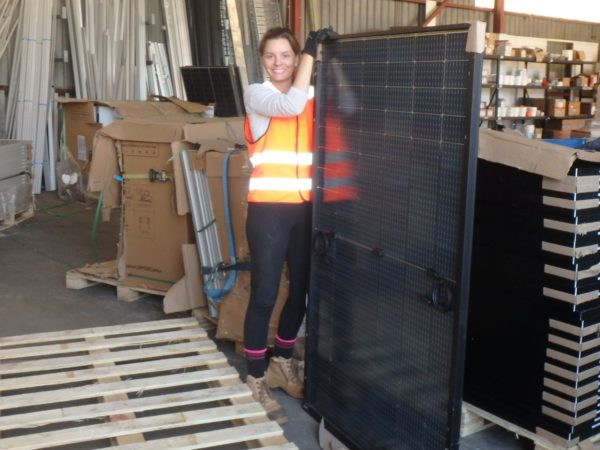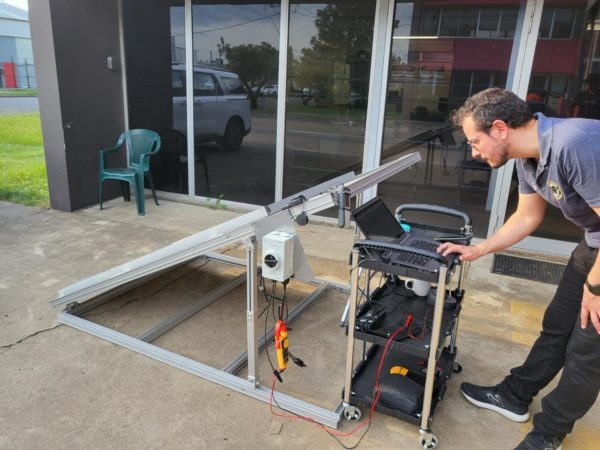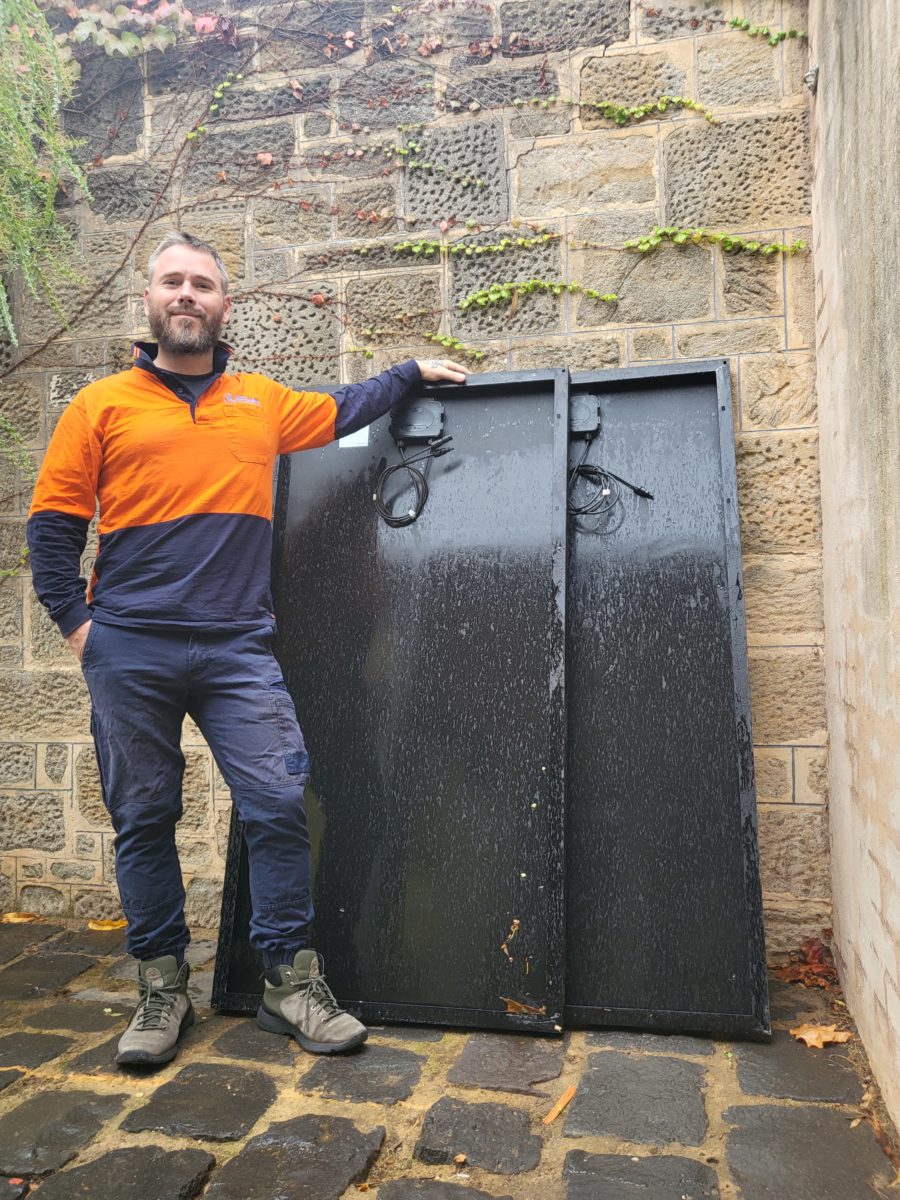Two Australian groups focussed on tackling our growing problem with end-of-life solar panels have now joined forces, signing a Memorandum of Understanding which will see Reclaim PV and the Circular PV Alliance collaborate to develop a more robust circular solar economy in Australia.
The pair are looking to ensure solar panels are properly tested for potential safe reuse rather than going straight to recycling. The partnership comes just as the federal government’s deadline for the solar industry to “step up” its recycling and circularity practices looms in June.
“As there is no legislation in place in Australia to govern the reuse of panels, we believe this agreement [the MoU] is the first step in establishing a second-hand PV market in Australia with the appropriate certification to keep the industry to a high standard when it comes to the testing and verification of panels for reuse,” Clive Fleming, Director of Reclaim PV, said.
In 2021, both Reclaim PV and CPVA (working with PV Lab) undertook separate used solar panel testing projects in response to the increasing prevalence of functional solar panels being dumped at waste stations.

CPVA
“Reclaim PV has already been incorporating a series of performance and safety evaluation tests across our Australian solar panel recycling sites with success,” Fleming said. “For example, recent figures from the testing of around 1,450 solar panels at the Rockhampton Council collection site [in Queensland], has revealed that more than 31% could be considered for reuse instead of going through the recycling process.”
Reclaim PV is also increasingly seeing thousands of used solar panels being exported without any testing for safety or performance, creating a potential problem, Fleming noted. “Our testing has shown that a significant percentage of solar panels being made available for recycling suffer from electricity leakage and if these were to be shipped overseas for reuse, they may pose a danger to installers and users in overseas markets.”
The pair said the agreement aligns with Reclaim PV’s goal to obtain as much value from solar panels through repair and reuse before recycling them, as well as with CPVA’s aim to develop a certification standard for reused solar panels to drive consumer trust around the performance, safety and quality of reused panels.
Figures provided by the federal government show that 2,700 tonnes of solar PV waste was generated in Australia in 2018 as the earliest modules reached their end of life. By 2050 it is expected that figure will climb to 1,532,000 tonnes of PV waste annually.
Co-founder of CPVA, Megan Jones, said the alliance sees its role as providing ‘gold standard’ independent certification of panels for resale and reuse, ultimately providing integrity and credibility to the emerging market.
“We are a not-for-profit and want to see everyone succeed as we move to more circular business practices in solar,” Jones said.
CPVA is currently developing certifications for reused solar panels and certification options for affiliated solar industry businesses.

Likewise, Reclaim PV already has testing procedures in place and arrangements with charities such as SolarBuddy and commercial trader Solar Shift to provide low-cost reused panels to communities that are living in energy poverty.
It has extended its operations substantially over the last year, adding numerous locations and manufacturer partnerships. Reclaim uses a recycling process known as pyrolysis – a thermal deconstruction technique which breaks down and pulls apart PV panels into their component parts by passing them through a high-temperature furnace. Upon completion of the thermal extraction process, the recovered components are sorted and placed into collection bins for delivery to materials companies, ensuring all recoverable materials are available for re-use.
According to the International Renewable Agency, the value of materials from solar module recycling and upcycling will be worth around US$15 billion (AU$21 billion) by the year 2050.
“While the primary aim is to stop all panels from entering landfill, the long-term view for the solar circular economy includes the realisation of community benefits around employment and training and creating the ‘jobs of the future’,” Jones added.
This content is protected by copyright and may not be reused. If you want to cooperate with us and would like to reuse some of our content, please contact: editors@pv-magazine.com.









4 comments
By submitting this form you agree to pv magazine using your data for the purposes of publishing your comment.
Your personal data will only be disclosed or otherwise transmitted to third parties for the purposes of spam filtering or if this is necessary for technical maintenance of the website. Any other transfer to third parties will not take place unless this is justified on the basis of applicable data protection regulations or if pv magazine is legally obliged to do so.
You may revoke this consent at any time with effect for the future, in which case your personal data will be deleted immediately. Otherwise, your data will be deleted if pv magazine has processed your request or the purpose of data storage is fulfilled.
Further information on data privacy can be found in our Data Protection Policy.